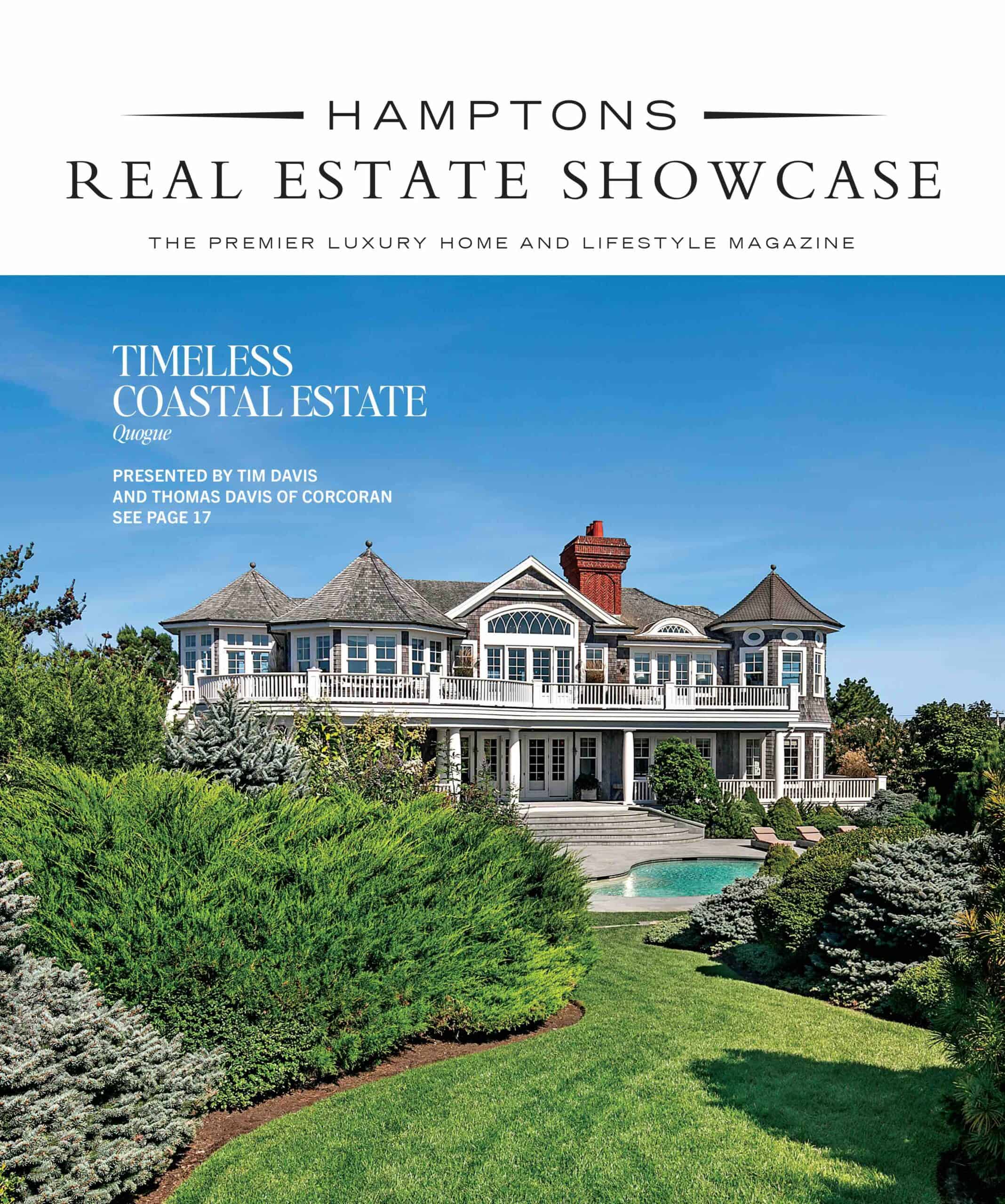An East End cottage pays homage to its mid-century origins with of-the-moment flair
For about two years in the first half of the 1960s, Macy’s department store, in Manhattan, sold pre-fabricated cottages — called ‘Leisuramas’ — in Montauk. Designed by the architect Andrew Geller, these modest structures were conceived as vacation homes, as their name suggests. They came with all the signifiers of middle-class life in the Mad Men era: a cocktail table, a convertible sofa, even bath towels and toiletries — turn-key avant la lettre.
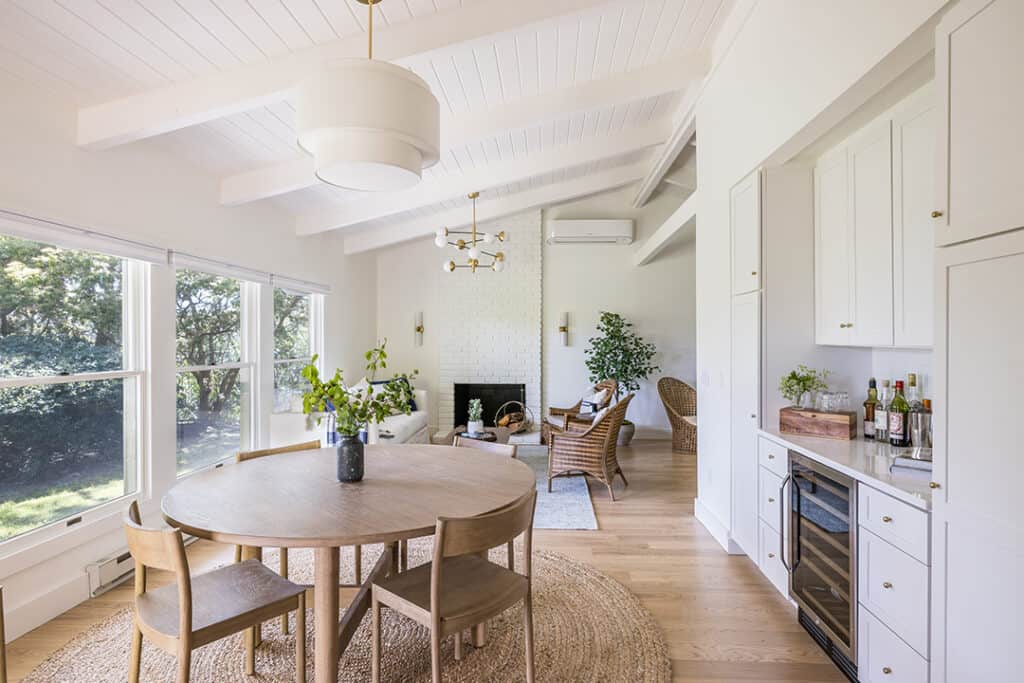
Steffen Ringelmann, an interior designer and furniture builder who runs studio MTK, has a longstanding love of mid-century architecture and design. So when the new owners of a Leisurama, a married couple with one child, engaged him to decorate the place, he envisioned a sleek yet historically correct re-do with furniture and fittings in rattan and brick and brass. The clients, however, had their hearts set on a “bright, light beach house,” albeit one with mid-century accents. For Ringelmann, the challenge was to fuse both styles in a way that seemed true to the 1,400 square-foot cottage’s origins and that also felt of-the-moment.
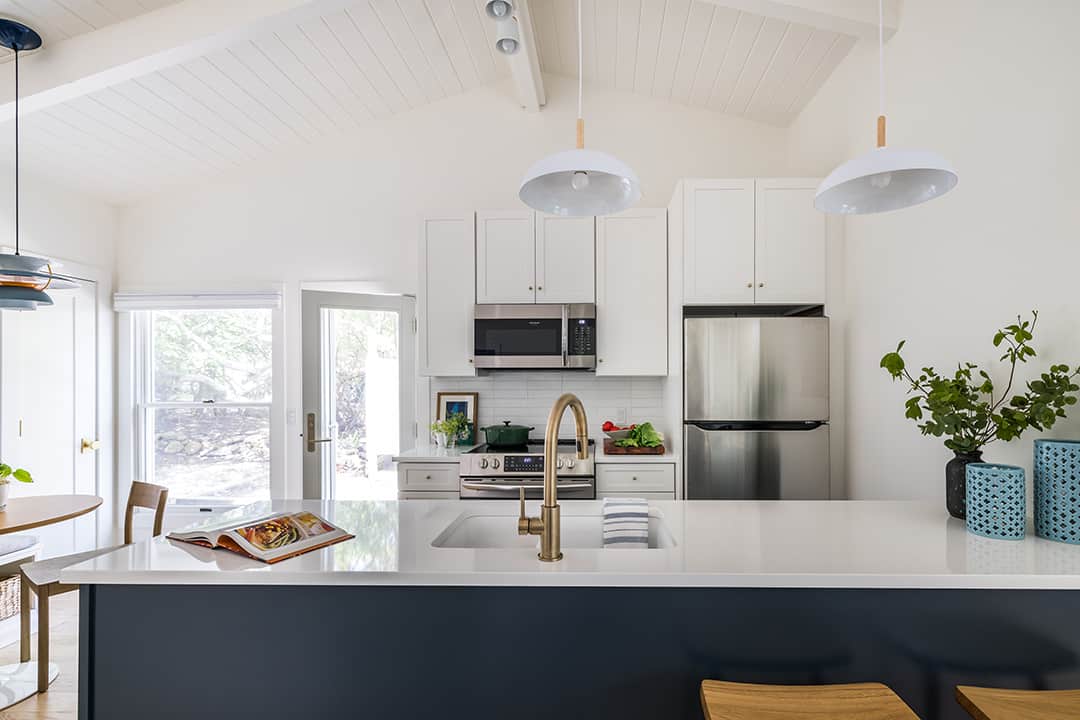
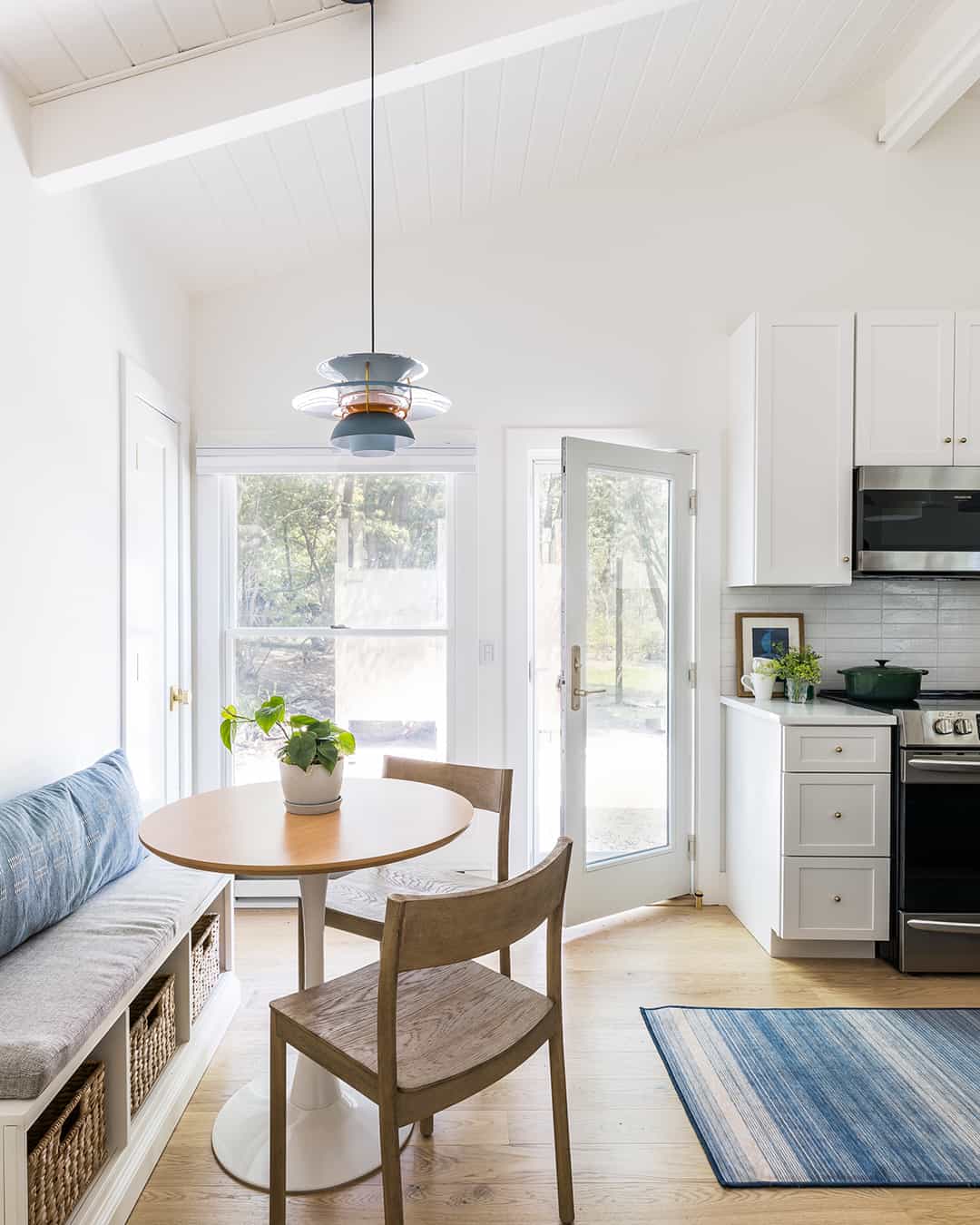
“I saw a lot of potential to lean into the architecture of the home and update it for contemporary living,” says Ringelmann, who was “very excited to work on a prototypical Leisurama.” But there were structural problems to be dealt with. “The place was in bad shape,” Ringelmann, who has extensive experience in the building trade, recalls. “The framing around the window openings was rotted and the kitchen cabinets were falling apart.” At first the clients had hoped to make only cosmetic changes, but once they started talking to Ringelmann and various contractors, they realized more intensive measures were in order.
They ended up stripping the house down to the studs, ripping away decades of fake wood paneling in the process. In its place went sheet rock and electrical wiring, plumbing, and insulation, all of it new. One big constraint was the lack of a crawl space, which made it difficult to move gas and plumbing lines, and limited what the homeowners could do. Happily, Ringelmann, who advised on the construction project, found a way to add an en suite bathroom, which the crew attached to the main bedroom. He also reconfigured an odd-shaped existing bathroom, thereby enlarging an adjoining closet.
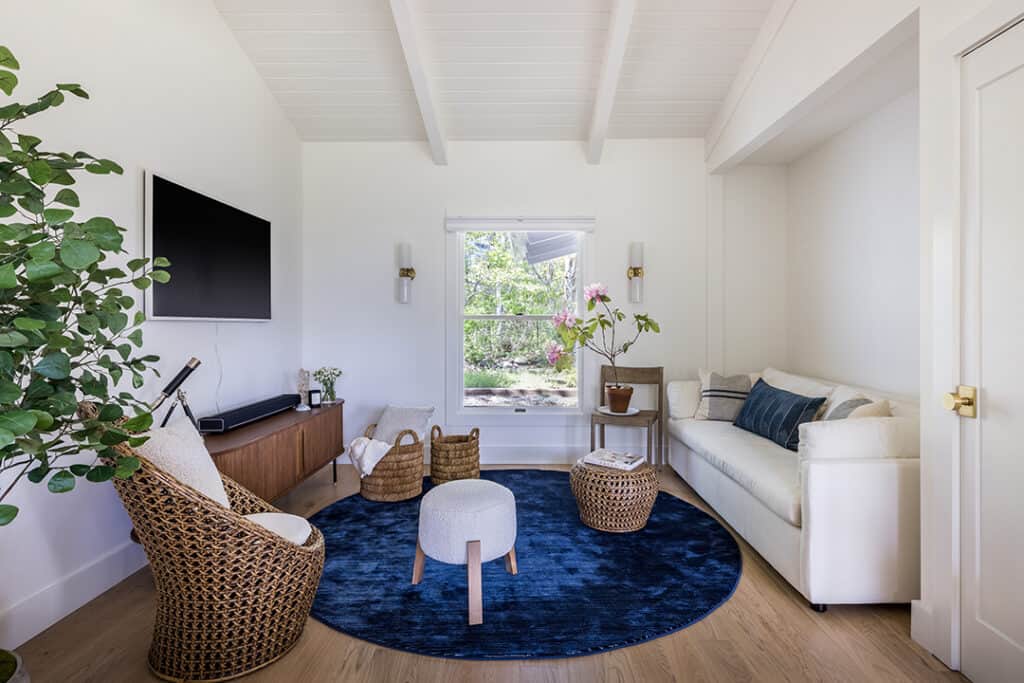
Once the infrastructure had been shored up, Ringelmann and the owners talked about how to achieve that elusive balance between mid-century style and latter-day beach house. “The way I saw it, we could go in one of two ways: either we leaned into the mid-century aspects, or we put more of an emphasis on coastal style. For instance, there was a wood-beamed ceiling, and we were divided as to whether or not to paint it white. Ultimately, we kept coming back to the clients’ vision and ended up painting the ceiling and walls in Benjamin Moore’s ‘Simply White.’ It’s a white that’s not too warm or too cool.” The neutral backdrop was offset with finishes and soft furnishings in blue hues.
At the same time, Ringelmann found inventive ways to strike mid-century notes, whether by cladding the bathrooms and the kitchen and dry bar area in a subway tile that resembled brick — brick was used widely in mid-century homes — or using satin brass finishes throughout. “The clients loved that soft gentle aesthetic which works well with the blue and white color scheme.” The result is a house with a beachy mid-century aesthetic, mid-century French rattan light fixtures and all.
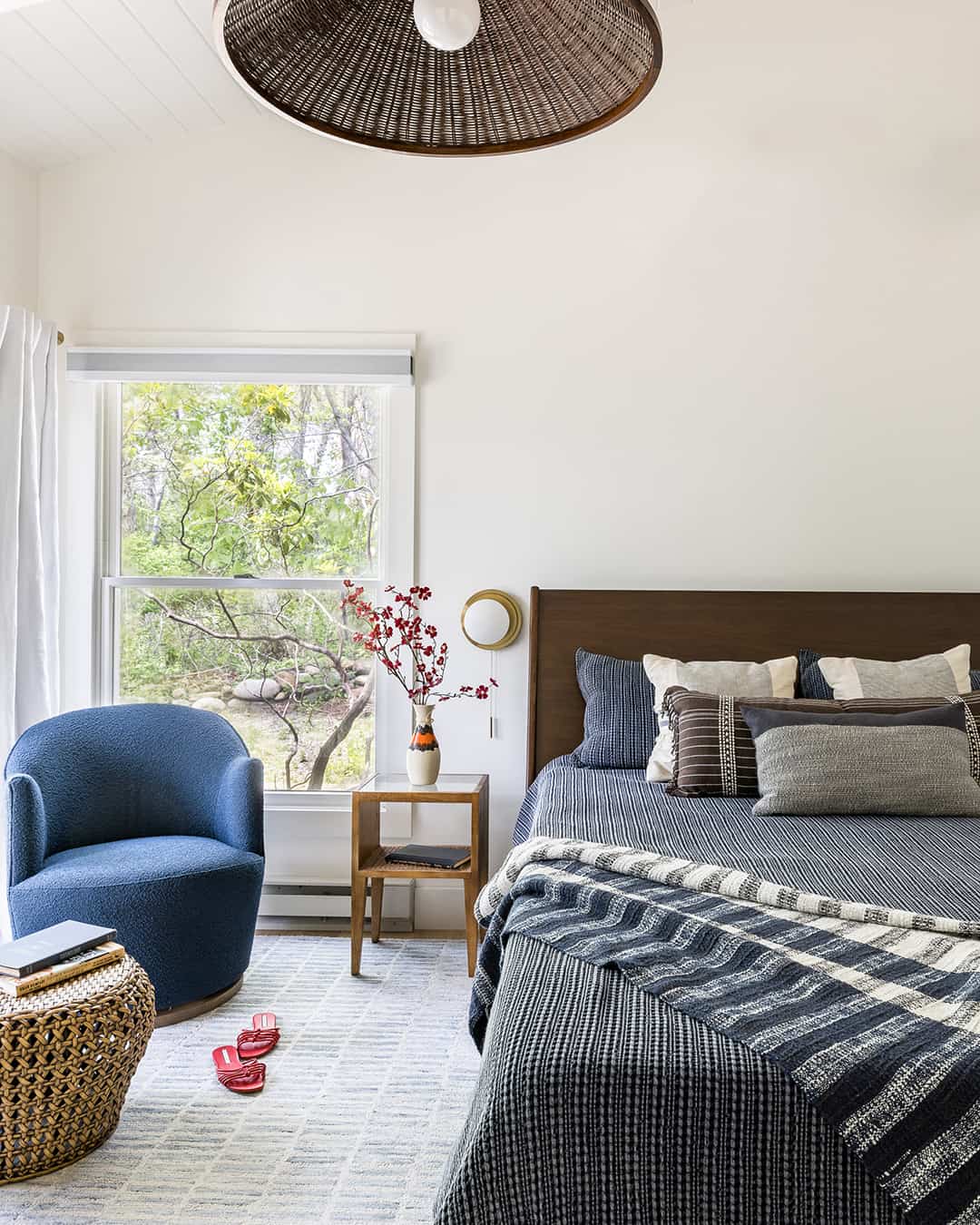
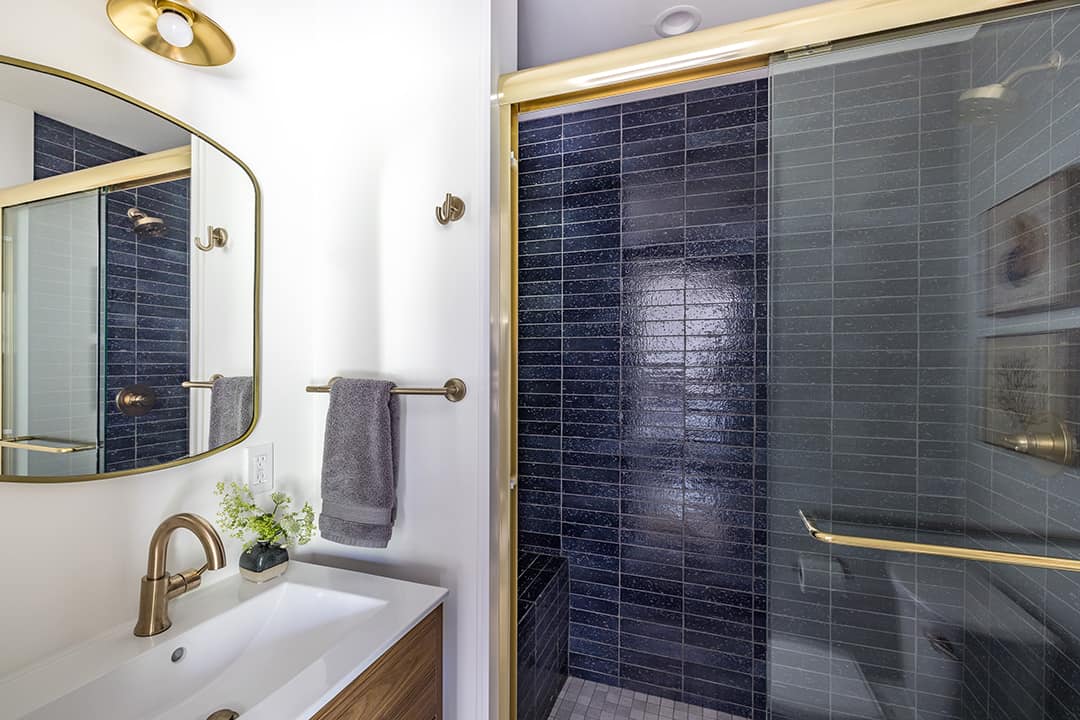
As for the unexpected gut renovation, Ringelmann says, “It was the right call. What you don’t want is a house that looks beautiful only to start to break down in five- or ten-years’ time. They now have a cottage that feels solid.”







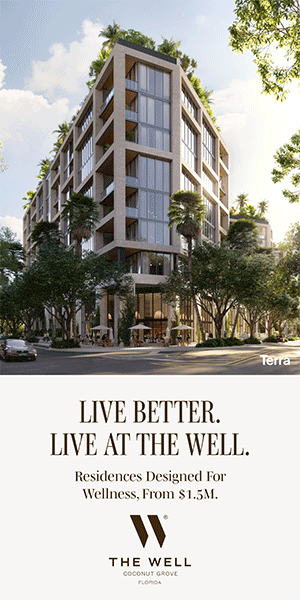
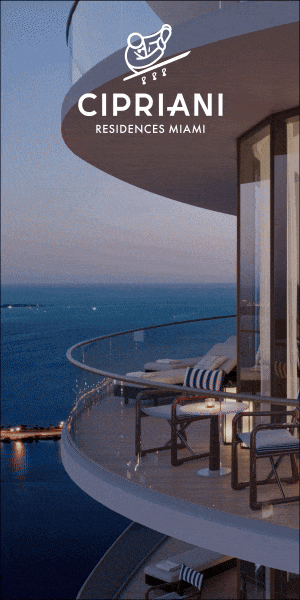
![Festive flavors, candlelit corners, and winter menus worth the splurge 🍷 This season’s dining scene brings elegant French favorites, seasonal seafood, and cozy classics to the East End table. Whether it’s brunch, dinner, or something in between, these spots are celebrating the holidays in style. [link in bio]](https://hamptonsrealestateshowcase.com/wp-content/uploads/sb-instagram-feed-images/589526657_18551254843030135_4235854489711269175_nfull.webp)
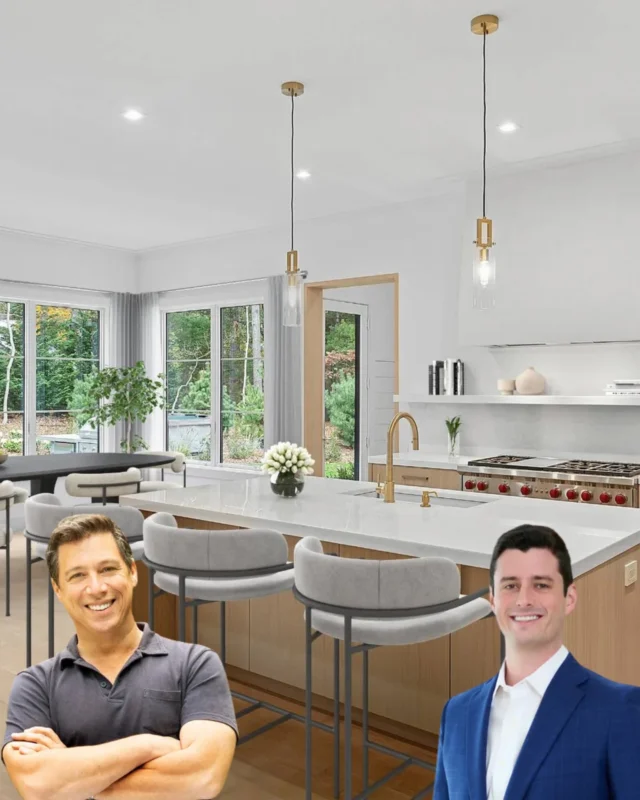
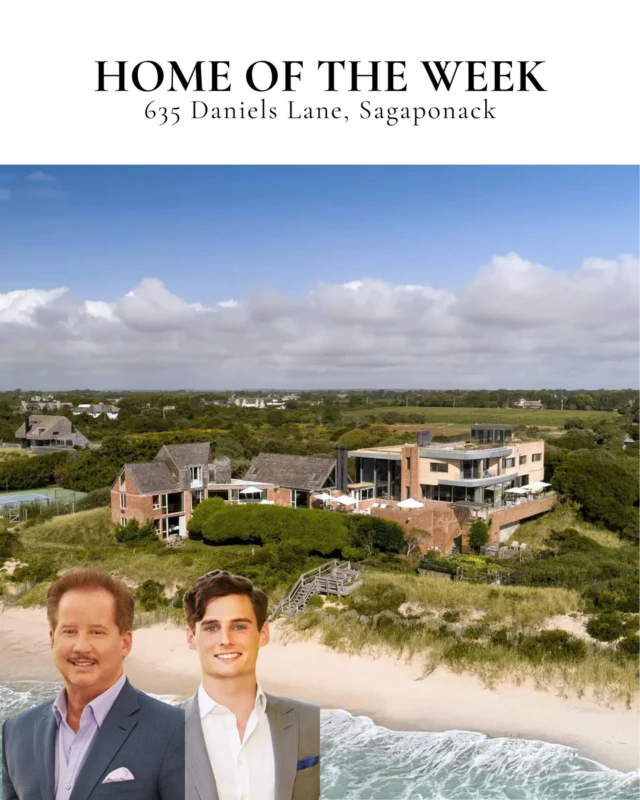
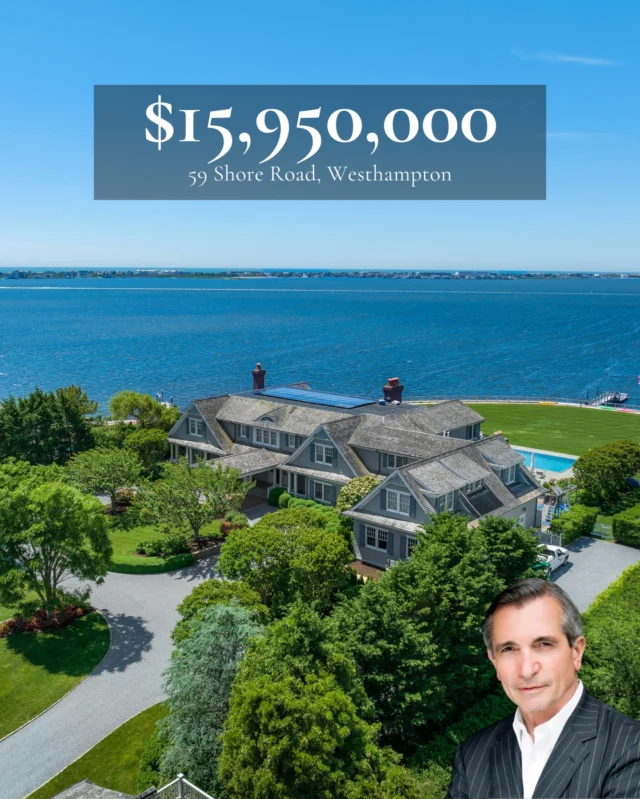
![Space reservations are closing soon for the Holiday / New Year Issue of Hamptons Real Estate Showcase 🎁 This double issue comes with expanded reach, now landing in South Florida as well. Start the new year with premium visibility among luxury homeowners from the Hamptons to Miami. [link in bio]](https://hamptonsrealestateshowcase.com/wp-content/uploads/sb-instagram-feed-images/588642217_18550541596030135_1974828802096238970_nfull.webp)
![Holiday hosting is all about the details 🕯️ This season’s tabletops mix nostalgic charm with fresh touches. Think layered textures, seasonal greens, and flickering candlelight. Whether it’s a quiet dinner or a festive feast, there’s beauty in every setting. [link in bio]](https://hamptonsrealestateshowcase.com/wp-content/uploads/sb-instagram-feed-images/587562593_18550195297030135_5307983913708101790_nfull.webp)
![There’s no shortage of thoughtful, design-forward gifts to discover across the East End this season 🎁 Whether you're shopping for a hostess, a homebody, or someone who simply loves beautiful things, we’ve rounded up a few local finds that are sure to surprise and delight. [link in bio]](https://hamptonsrealestateshowcase.com/wp-content/uploads/sb-instagram-feed-images/587623967_18550040371030135_5392968951052147490_nfull.webp)

